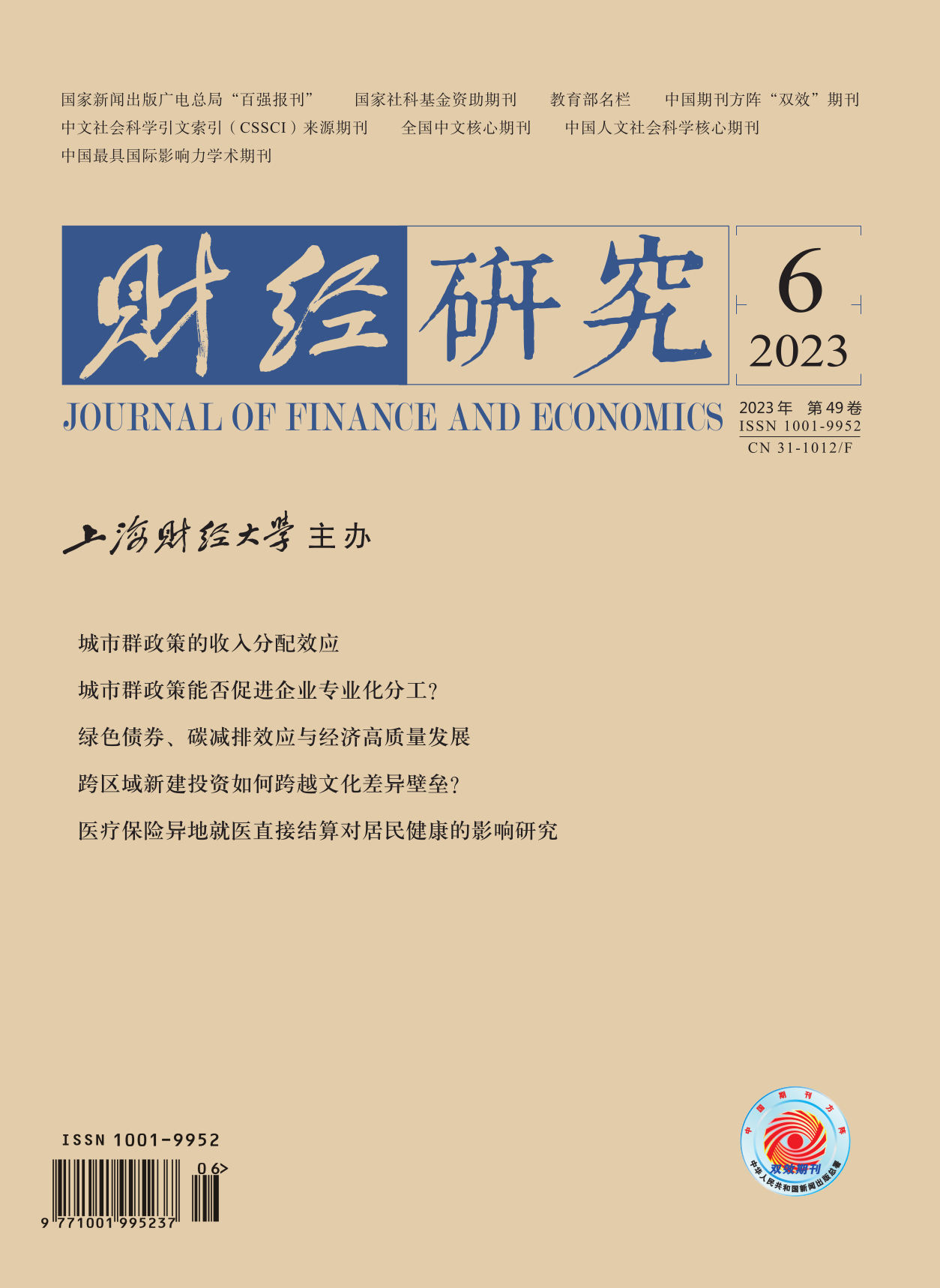Continuously promoting the equity and accessibility of medical insurance rights and medical services is an inherent requirement for promoting the implementation of the Healthy China Strategy and achieving common prosperity. In order to solve the problem of difficulty in reimbursement of medical expenses for nonlocal medical treatment, since the New Medical Reform in 2009, China has begun to promote the policy of direct settlement of medical insurance for nonlocal medical treatment. However, at present, there is relatively little literature on the evaluation of the effect of direct settlement policy.
Based on the quasi-natural experiment of the direct settlement for intra-provincial medical treatment, this paper uses CHARLS data and DID model to empirically evaluate the health effect of direct settlement of medical insurance for nonlocal medical treatment, analyzes whether the policy is more beneficial to vulnerable groups, and discusses the mechanism of the policy to improve residents’ health level from the perspectives of medical treatment behavior, medical expenses and family consumption upgrading.
The results show that: First, the policy has a significant effect on the health of insured residents. Second, the policy has a more significant impact on the health of rural residents, new rural cooperative medical insurance insured residents, low-education residents and low-income residents, and it improves the health level of vulnerable groups. Third, the policy affects the health of insured residents by improving the utilization of medical resources, reducing the burden of medical expenses, releasing the demand for medical services, increasing household consumption expenditure and changing the household consumption structure. Therefore, it is necessary to continue to deepen the reform of the medical security system, improve the overall pooling level of basic medical insurance, steadily improve the level of medical insurance benefits, and promote medical and health resources to favor vulnerable groups.
The possible marginal contributions of this paper are that: First, it enriches the literature on the evaluation of the effect of the policy from the perspective of health. Second, it explores the heterogeneity of the health effect of the policy from different dimensions, providing a useful reference for further promoting the reform of the equalization of medical insurance benefits. Third, it examines the medical behavior mechanism, medical expense mechanism, and consumption upgrading mechanism, providing a theoretical basis for how the equalization of basic public services in medical insurance can promote the health of the whole population.





 8730
8730  4281
4281

